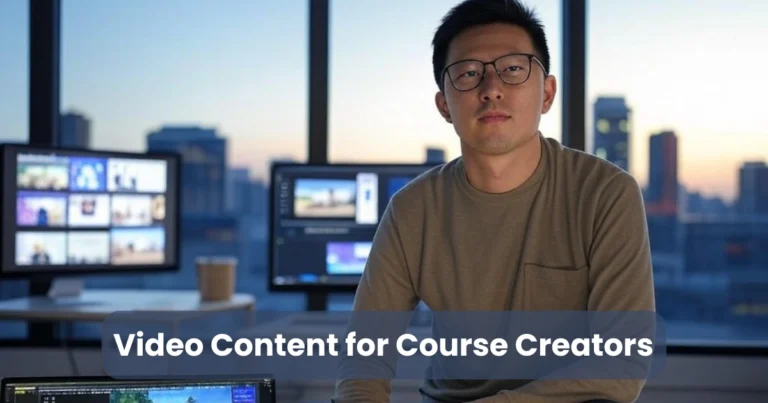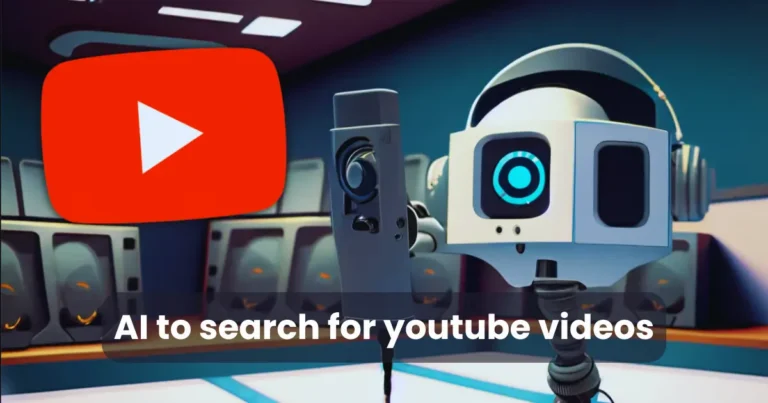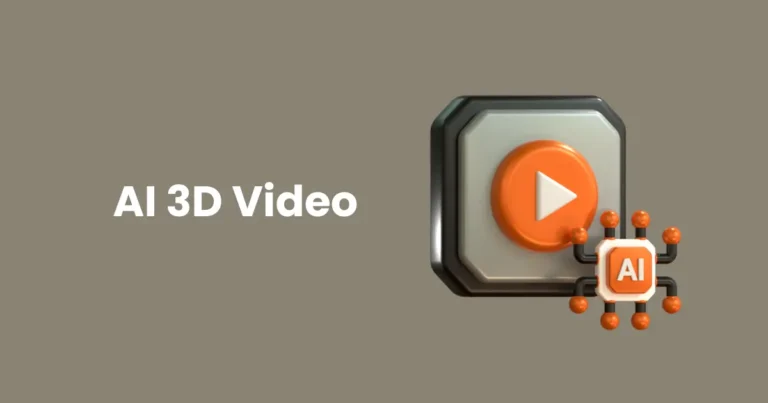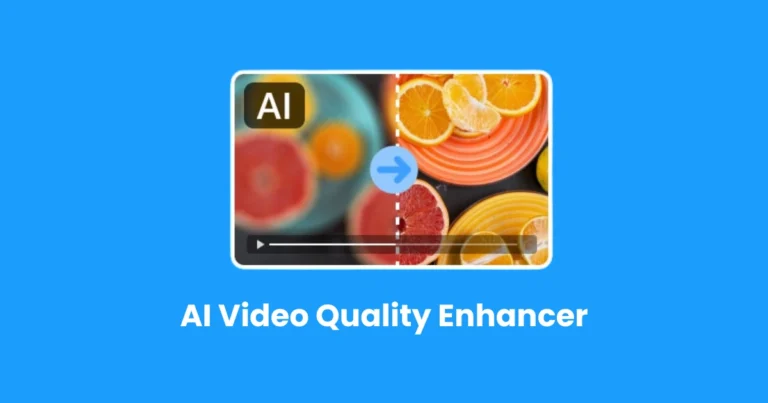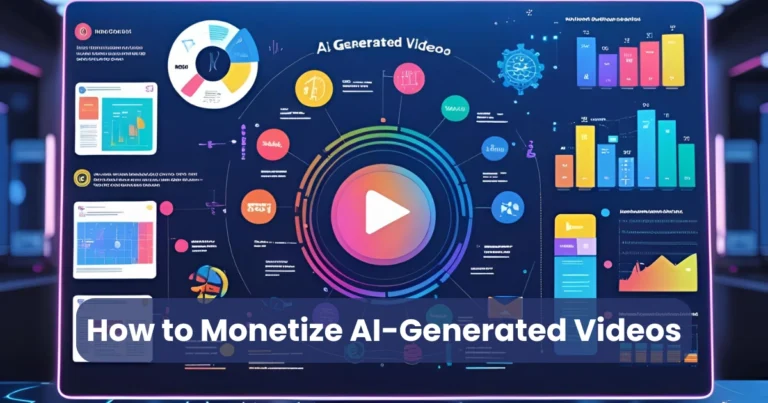AI-Driven Onboarding Videos: Revolutionizing Employee Training
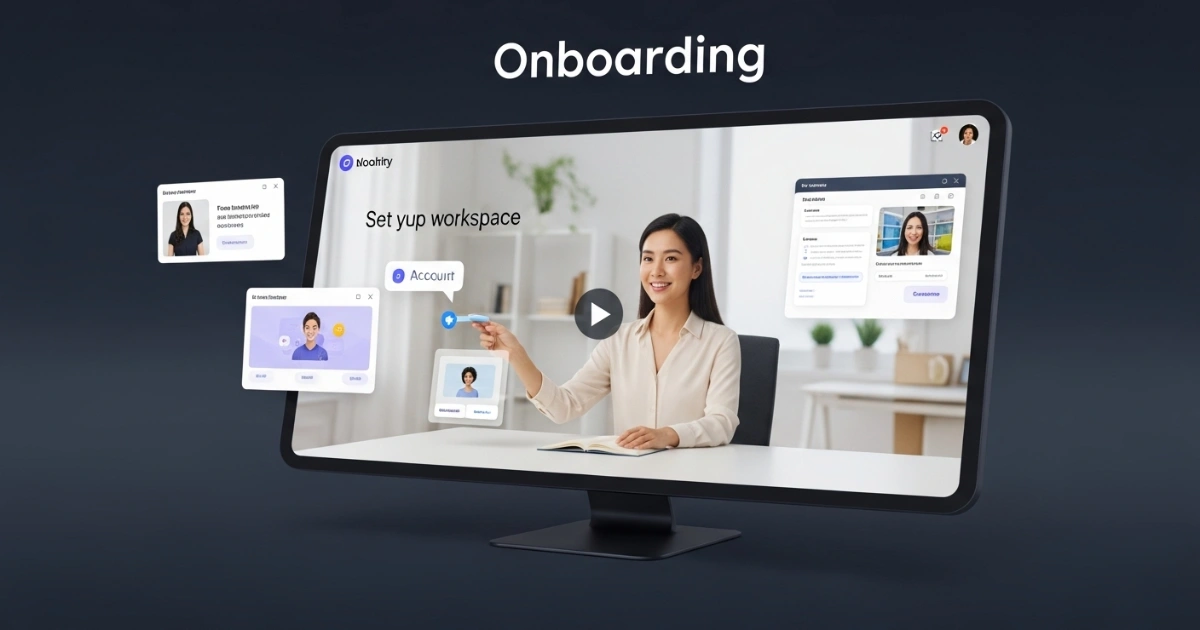
Contents
- 1 What Are AI-Driven Onboarding Videos?
- 2 Why AI-Driven Onboarding Videos Matter
- 3 How AI-Driven Onboarding Videos Work
- 4 Benefits of AI-Driven Onboarding Videos for Businesses
- 5 Best Practices for Creating AI-Driven Onboarding Videos
- 6 Tools for Creating AI-Driven Onboarding Videos
- 7 Challenges and Solutions
- 8 Real-World Examples
- 9 Future of AI-Driven Onboarding Videos
In today’s fast-paced business world, AI-driven onboarding are transforming how companies welcome and train new employees. These innovative tools leverage artificial intelligence to create engaging, personalized, and efficient onboarding experiences. Consequently, organizations can streamline their training processes, reduce costs, and improve employee retention. This article explores the benefits, creation process, and best practices for using AI-driven onboarding videos to maximize training efficiency. By the end, you’ll understand why this technology is a game-changer for modern workplaces.
What Are AI-Driven Onboarding Videos?
AI-driven onboarding videos are training materials powered by artificial intelligence to deliver customized, interactive, and dynamic content for new hires. Unlike traditional videos, which are often static and one-size-fits-all, AI-driven videos adapt to individual learners. For instance, they can tailor content based on an employee’s role, learning pace, or preferences. Moreover, these videos use advanced algorithms to incorporate animations, voiceovers, and real-time feedback, making the onboarding process more engaging.
Key Features of AI-Driven Onboarding Videos
- Personalization: AI analyzes employee data to create role-specific content.
- Interactivity: Videos include quizzes, simulations, and clickable elements.
- Scalability: Easily updated to reflect company policies or new roles.
- Analytics: Tracks viewer engagement and comprehension for optimization.
By incorporating these features, AI-driven onboarding videos ensure employees receive relevant training while saving HR teams valuable time.
Why AI-Driven Onboarding Videos Matter
The onboarding process sets the tone for an employee’s experience. A well-executed onboarding program boosts engagement, productivity, and retention. However, traditional methods like in-person sessions or generic videos often fall short. Here’s why AI-driven onboarding videos are a superior choice:

1. Enhanced Engagement
Employees are more likely to retain information when training is interactive and visually appealing. AI-driven onboarding videos use dynamic visuals, personalized narratives, and gamified elements to keep learners engaged. For example, an AI-generated video might include a virtual tour of the workplace tailored to the employee’s department, making the experience more relatable.
2. Time and Cost Efficiency
Creating traditional onboarding videos can be time-consuming and expensive, especially for large organizations. In contrast, AI-driven onboarding videos automate content creation, reducing production time by up to 70%. Additionally, they eliminate the need for frequent manual updates, as AI can instantly revise content to reflect policy changes.
3. Improved Retention and Comprehension
Studies show that employees retain only 10-20% of information from traditional training sessions. AI-driven onboarding videos, however, use spaced repetition and interactive quizzes to reinforce learning. As a result, employees are more likely to understand and remember critical information, such as company policies or job-specific tasks.
4. Consistency Across Locations
For companies with multiple locations, ensuring consistent training is a challenge. AI-driven onboarding videos deliver uniform content to all employees, regardless of geography. This consistency fosters a cohesive company culture and ensures everyone is aligned with organizational goals.
How AI-Driven Onboarding Videos Work
Creating AI-driven onboarding videos involves several steps, from content planning to deployment. Here’s a breakdown of the process:

Step 1: Data Collection
AI systems gather data on the company, its policies, and the employee’s role. This data includes job descriptions, company handbooks, and employee profiles. For instance, an AI tool might analyze a sales representative’s role to include specific sales techniques in the video.
Step 2: Content Generation
Using natural language processing (NLP) and machine learning, AI generates scripts, visuals, and voiceovers. For example, tools like Synthesia or Descript can create lifelike avatars that narrate the content in multiple languages, enhancing accessibility.
Step 3: Personalization
The AI tailors the video to the employee’s needs. For instance, a marketing employee might receive a video focusing on branding guidelines, while an IT employee’s video emphasizes cybersecurity protocols. Additionally, AI can adjust the video’s length and complexity based on the learner’s experience level.
Step 4: Interactivity and Feedback
AI-driven onboarding videos often include interactive elements like quizzes or decision-making scenarios. These features allow employees to test their knowledge and receive instant feedback. Moreover, AI tracks engagement metrics, such as completion rates, to identify areas for improvement.
Step 5: Deployment and Updates
Once created, the videos are deployed through learning management systems (LMS) or company intranets. AI ensures the content remains up-to-date by automatically incorporating policy changes or new training modules.
Benefits of AI-Driven Onboarding Videos for Businesses
AI-driven onboarding videos offer numerous advantages for organizations looking to optimize their training processes. Here are some key benefits:

1. Scalability for Growing Companies
As businesses expand, onboarding new employees becomes more complex. AI-driven videos scale effortlessly, allowing companies to train hundreds or thousands of employees without additional resources. For example, a retail chain can use AI to create videos for store managers across multiple regions.
2. Multilingual Support
Global companies often face language barriers during onboarding. AI-driven onboarding can be translated into multiple languages with accurate voiceovers and subtitles. Consequently, employees from diverse backgrounds can access training in their native language.
3. Data-Driven Insights
AI provides analytics on how employees interact with the videos. Metrics like watch time, quiz scores, and drop-off points help HR teams identify gaps in the training process. For instance, if many employees skip a section on compliance, the video can be revised to make it more engaging.
4. Reduced Onboarding Time
Traditional onboarding can take weeks, especially for complex roles. AI-driven videos condense training into concise, targeted modules, reducing onboarding time by up to 50%. This allows employees to start contributing to the organization sooner.
Best Practices for Creating AI-Driven Onboarding Videos
To maximize the effectiveness of AI-driven onboarding , follow these best practices:

1. Define Clear Objectives
Before creating the videos, outline the goals of your onboarding program. Are you focusing on company culture, compliance, or role-specific skills? Clear objectives ensure the AI generates relevant content.
2. Keep Videos Short and Focused
Employees have limited attention spans, so aim for videos that are 5-10 minutes long. Break complex topics into smaller modules to maintain engagement. For example, instead of a single 30-minute video, create three 10-minute videos on different topics.
3. Incorporate Interactive Elements
Add quizzes, polls, or scenario-based exercises to keep employees engaged. For instance, a video on customer service might include a simulation where employees choose the best response to a customer complaint.
4. Use High-Quality Visuals and Audio
AI tools can generate professional-grade visuals and voiceovers. Ensure the videos have clear audio, vibrant visuals, and a polished look to maintain credibility.
5. Test and Iterate
Use AI analytics to monitor video performance. If employees consistently drop off at a certain point, revise that section. Additionally, gather employee feedback to refine the content further.
Tools for Creating AI-Driven Onboarding Videos
Several AI-powered platforms can help you create high-quality onboarding videos. Here are some popular options:

- Synthesia: Creates lifelike avatars and multilingual videos with minimal input.
- Descript: Offers AI-driven video editing and voiceover generation.
- Lumen5: Converts text-based content into engaging videos with AI visuals.
- Pictory: Transforms scripts or blog posts into professional videos.
- Veed.io: Simplifies video editing with AI-powered subtitles and effects.
These tools streamline the creation process, allowing even non-technical teams to produce professional-grade videos.
Challenges and Solutions
While AI-driven videos offer many benefits, there are challenges to consider:
1. Initial Setup Costs
Challenge: Implementing AI tools may require an upfront investment in software or training.
Solution: Start with affordable platforms like Veed.io or Lumen5, which offer free or low-cost plans. Additionally, calculate the long-term savings from reduced onboarding time and improved retention.
2. Data Privacy Concerns
Challenge: AI systems require employee data to personalize content, raising privacy concerns.
Solution: Use secure platforms that comply with GDPR or CCPA regulations. Ensure employee data is anonymized and stored securely.
3. Over-Reliance on Technology
Challenge: Relying solely on AI-driven videos may reduce human interaction during onboarding.
Solution: Combine videos with in-person or virtual mentorship sessions to maintain a human touch.
Real-World Examples
Several companies have successfully implemented AI-driven onboarding videos:
- Amazon: Uses AI-generated videos to train warehouse employees on safety protocols, reducing training time by 40%.
- Deloitte: Leverages AI to create role-specific onboarding videos, improving employee satisfaction by 25%.
- Unilever: Implements multilingual AI videos to onboard employees across 190 countries, ensuring consistent training.
These examples demonstrate how driven onboarding videos can transform training at scale.
Future of AI-Driven Onboarding Videos
As AI technology advances, the future of onboarding videos looks promising. Emerging trends include:

- Virtual Reality (VR) Integration: AI-driven videos may incorporate VR to create immersive training experiences, such as virtual office tours.
- Real-Time Personalization: Future videos could adapt in real-time based on employee feedback or performance.
- Emotion Recognition: AI might analyze facial expressions to gauge engagement and adjust content accordingly.
By staying ahead of these trends, companies can continue to enhance their onboarding processes.
Conclusion
AI-driven onboarding videos are revolutionizing employee training by offering personalized, engaging, and efficient solutions. By leveraging AI, companies can reduce onboarding time, improve retention, and deliver consistent training across locations. To maximize their impact, businesses should define clear objectives, use high-quality tools, and incorporate interactive elements. As AI technology evolves, these videos will become even more powerful, helping organizations stay competitive in a dynamic workforce. Start exploring AI-driven onboarding today to transform your training process and empower your employees.

